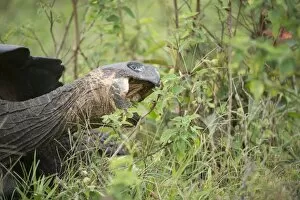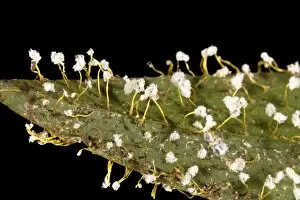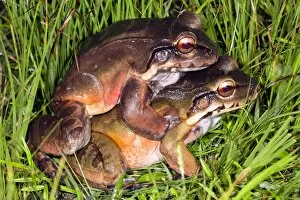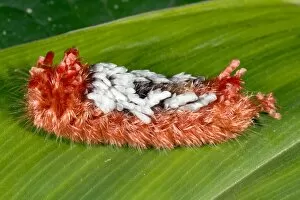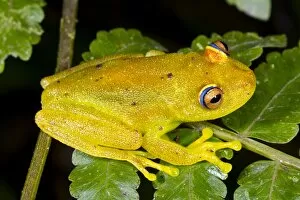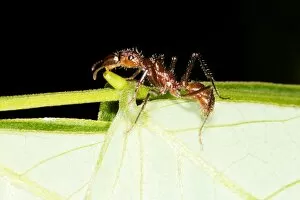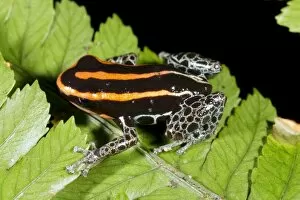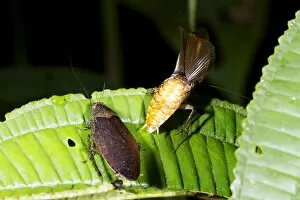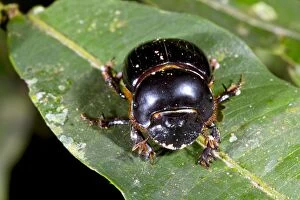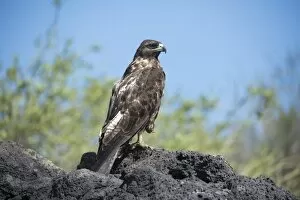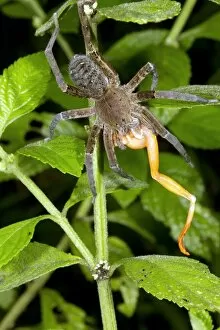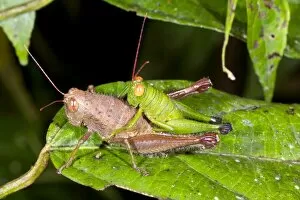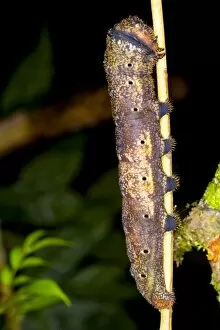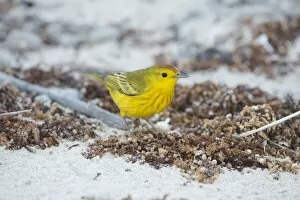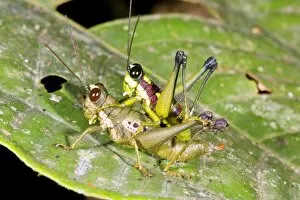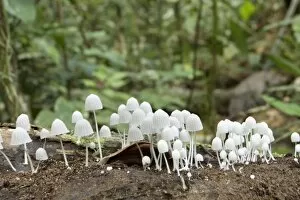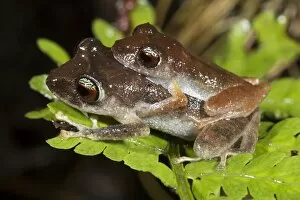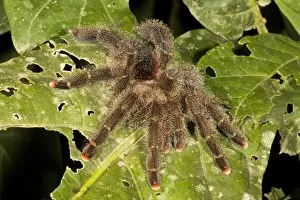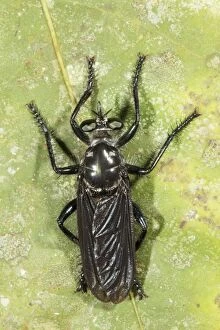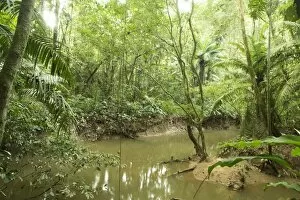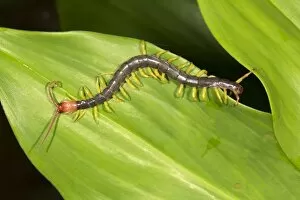Ecuadorean Collection (#2)
Discover the vibrant and diverse world of Ecuador through a captivating journey
For sale as Licensed Images
Choose your image, Select your licence and Download the media
Discover the vibrant and diverse world of Ecuador through a captivating journey. Immerse yourself in the enchanting beauty of nature as you encounter the mesmerizing Crowned hairstreak butterfly fluttering gracefully amidst colorful flowers. Marvel at the breathtaking landscapes that Ecuador has to offer, from the bustling cityscape of Guayaquil's Paseo de Las Colonias to the historic streets of Quito adorned with Folk Types in 1880. Transport yourself back in time through an exquisite digital reproduction of Duncan Gray's family portrait, painted during France's rich history in the 19th century. Explore Isola Tiberina, once transformed into a ship-like island with marble covering its entirety, now home to St Bartholomew. Witness workers diligently cleaning windows on towering buildings in Quito, showcasing their dedication and commitment to maintaining this remarkable city. Experience Ecuadorian culture firsthand as penitents passionately participate in a procession rally through Quito’s streets. Feel your heart race as you witness one of the world's highest active volcanoes, Cotopaxi volcano, majestically rising above clouds and reminding us of Earth's raw power. Delve into history with an engraving capturing the Battle of Anaquito in 1726—a testament to Ecuador's rich past filled with bravery and resilience. Admire Cacti thriving amidst Deep Quebrada’s rugged terrain captured delicately on paper by an artist’s pencil strokes. Lastly, immerse yourself further into this captivating country by exploring various views and types depicted intricately within engravings—each offering glimpses into different facets that make up Ecuador’s unique identity. Embark on a journey like no other as you unravel Ecuador’s natural wonders, historical treasures, cultural traditions, and awe-inspiring landscapes—a true feast for all senses.

